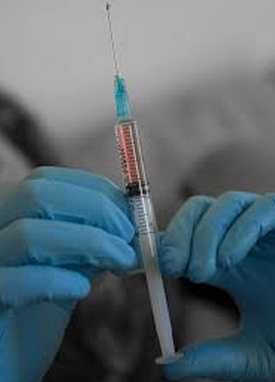While the most common sexually transmitted disease, human papillomavirus, can be prevented with a series of simple vaccinations, the number of these vaccinations are surprisingly low in Dane County. This can be attributed to the public’s ignorance on the subject, and therefore an initiative to educate people about HPV must be created to reduce the annual number of those diagnosed with this cancer-causing STD.
In the conversation of STDs, herpes and HIV always seem to be of the biggest concerns. Even as kids, we heard about these nasty infections throughout middle school health classes. This popularity could possibly be attributed to the fact that the only real preventative measures that can be taken against these viruses is avoidance. This, coupled with the fact that there is no cure for either herpes or HIV, puts them among the top of the list of STDs not to be reckoned with.
However, there is another health menace lurking quietly in the shadows. HPV is the proverbial wolf in sheep’s clothing. While there is no cure, the virus can be destroyed by the body’s immune system after a couple of years. However, certain types of HPV have been known to cause various cancers. But even as bad as it sounds, one huge positive to HPV, as compared to herpes and HIV, is the fact that HPV can be prevented with a series of vaccinations. Receiving three shots over six months at around the ages of 11 or 12 is all it takes to greatly increase a person’s chance of never contracting the HPV virus.
Yet, recent vaccination numbers have been low in Dane County. This fact doesn’t seem to make much sense. The vaccine is proven to be safe and effective. There’s nothing to lose.
As I mentioned earlier, it seems to be a pretty safe bet that these low numbers can be attributed to the public’s lack of knowledge on the subject. People are probably just unaware of HPV, the dangerous cancer that it causes and how easily it can be prevented. Therefore, the healthcare community needs to get the word out. Something as simple as posting flyers in clinics and doctors’ offices could easily get people’s attention. In addition to that, conversations about HPV and its prevention could easily be started by local physicians. A doctor’s recommendation would be very influential when it comes to a patient deciding whether to receive the vaccination. Though these solutions are relatively simple, they would be sufficient in educating the public on HPV and its prevention.
Unlike the infamous herpes and HIV viruses, the prevention of HPV comes down to one simple decision: whether to receive a vaccination or not. However, in order for people to be able to make that rather obvious decision, the information on this disease must be made clear and readily available.
Phillip Michaelson (pmichaelson








